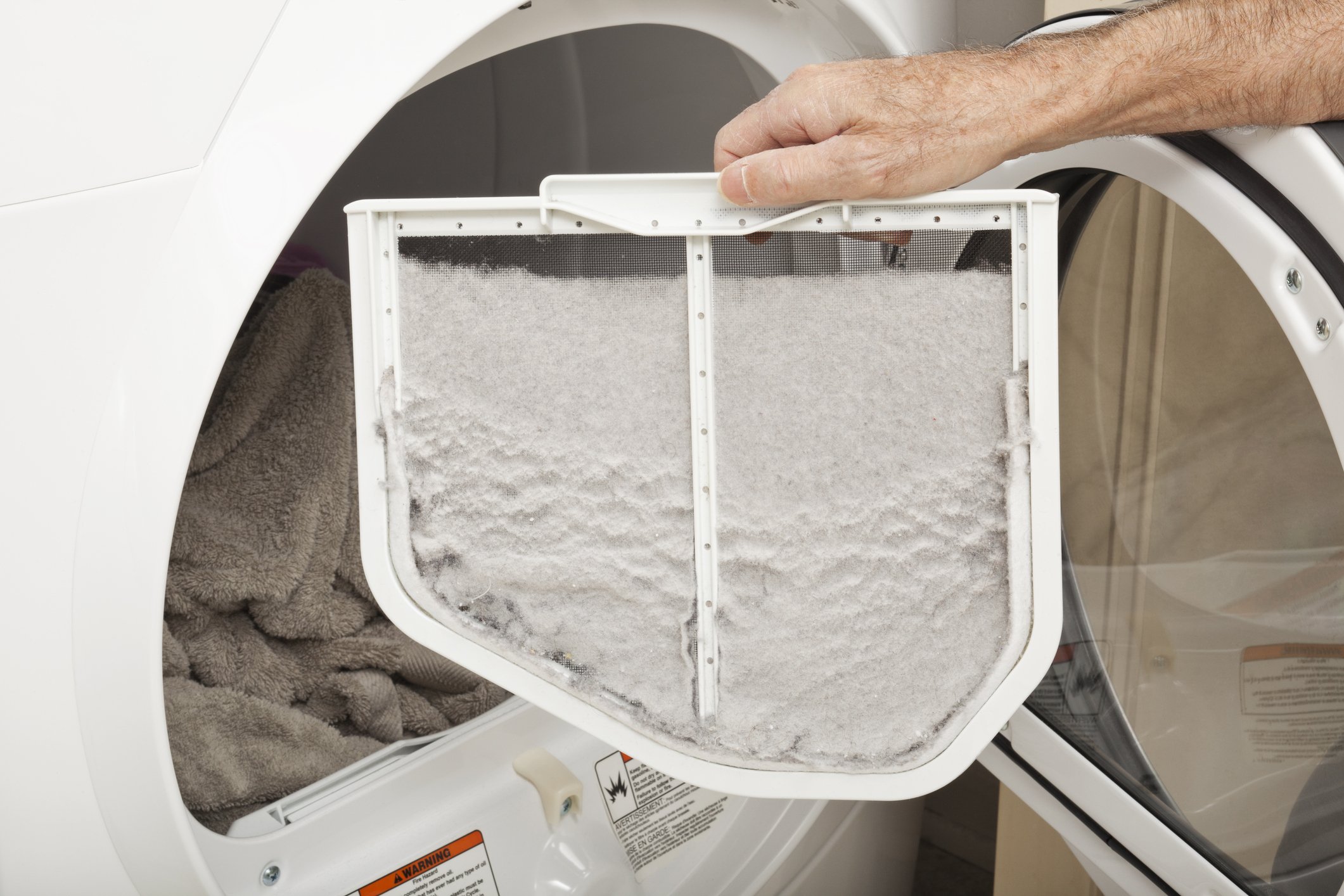
Lose the lint: Preventing fires from residential clothes dryers
While statistics vary, clothes dryers cause thousands of fires in U.S. homes every year, and many people are injured—even die—as a result.
The most common causes of fire from residential dryers are easily preventable. About a third of dryer fires in the U.S. occur because people fail to remove lint buildup in the dryer or exhaust duct, according to the U.S. Fire Administration (USFA). Clothes dryer-related fires are more likely to occur during the winter months, peaking in January, according to USFA. And most of these residential fires happen in one- and two-family homes, typically between 8 a.m. and midnight, according to the U.S. Consumer Product Safety Commission.
Dryer safety tips for home inspectors, consumers
American Home Inspectors Training (AHIT) published these tips for home inspectors regarding clothes dryer exhaust. Where applicable, always apply dryer specifications and local codes.
- Make sure dryer ducts are at least four inches in diameter and as large as the dryer outlet.
- The dryer’s exhaust duct developed length should not be longer than 25 feet. To determine developed length, consider that each 90-degree turn adds five feet.
- Ensure that dryer vents are not part of any other system and end outside—not into a chimney or attic, for example.
- To prevent dryer exhaust from re-entering the home, the outside dryer exhaust vent’s termination hood should have a back draft damper.
- Flexible transition ducts should never be used in an attic, crawl space or inside a wall.
- Note that rigid or corrugated semi-rigid metal transition ducts should be used between the dryer and the exhaust duct—not plastic or foil accordion ducting material, which can trap lint and reduce air flow, according to a document by the Consumer Product Safety Commission.
About a third of dryer fires in the U.S. occur because people fail to remove lint buildup in the dryer or exhaust duct.
Among the consumer dryer safety tips, by the National Fire Protection Association (NFPA):
- It’s important that dryers are installed correctly—a job best left to the professionals.
- Never use a dryer without a lint filter. Clean that filter the filter before and after each load to prevent lint buildup; also, clean lint from around the drum.
- Occasionally (once a year, or so) clean lint out of the vent, or hire a professional to do the service.
- If you have a gas dryer, have it professionally inspected occasionally to ensure the gas line and connection are in working order.
- Use the correct plug and outlet, according to manufacturer specifications.
- Don’t overload the dryer and turn it off when you leave or go to bed.
- Finally, Consumer Reports offers a few tips about how what one puts in the dryer might cause problems. Avoid drying clothes that might have volatile chemical residue, such as that from gasoline or cooking oil. Wash these clothes more than once and line dry them, instead of using the dryer. And use dryer sheets instead of fabric softener on cotton clothes made of fleece, terry cloth or velour. Liquid fabric softener added to the wash seemed to make these fabrics burn faster, according to Consumer Reports.
Pass along these tips to your clients on your next home inspection to help them stay safe.




